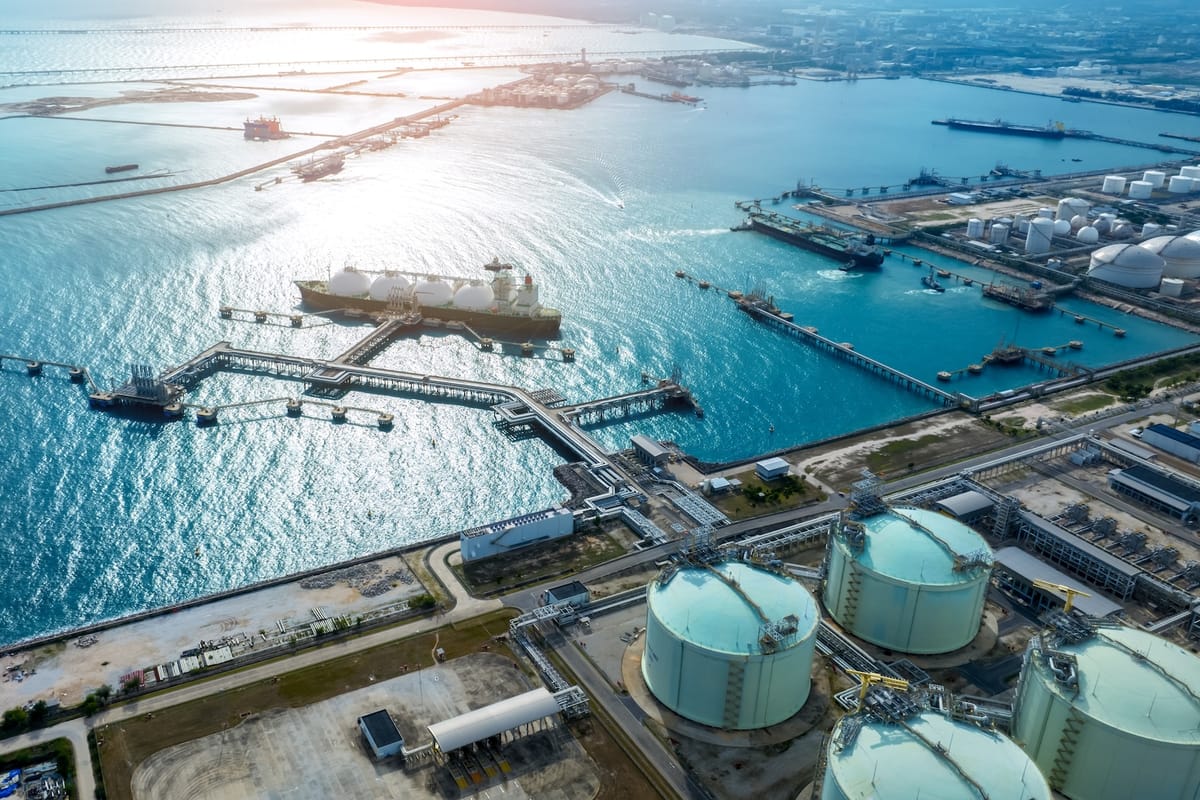

A Historic Leap in LNG Exports
The United States has solidified its position as the world’s leading exporter of liquefied natural gas, with March marking a record-breaking surge in production and exports. According to recent data, gas flows to the nation’s eight major LNG export facilities reached an unprecedented 15.8 billion cubic feet per day, up from 15.6 billion in February. This milestone, driven by new capacity at facilities like Plaquemines LNG in Louisiana, signals the start of a projected boom in American energy exports.
The surge comes as the Trump administration has prioritized energy dominance, approving significant new LNG export capacity since January 20. Energy Secretary Lee Zeldin has emphasized the economic benefits, noting that these exports bolster American jobs and energy security. The administration’s policies, including the Unlocking Our Domestic LNG Potential Act, have removed previous restrictions, paving the way for projects like Plaquemines and Golden Pass to ramp up operations.
Key Drivers of the Boom
Several factors have fueled this record-breaking performance. The Plaquemines LNG facility, operated by Venture Global, began shipping its first export cargo in December 2024 and has since scaled up to contribute significantly to March’s totals. Additionally, robust natural gas production, averaging 106 billion cubic feet per day in the Lower 48 states, has ensured a steady supply for export facilities. This production strength, coupled with high productivity from existing wells, has offset a decline in new gas drilling.
Strong demand from Europe, which accounted for a significant portion of US LNG exports in the first four months of the year, has also played a critical role. European nations, seeking reliable energy sources, have increased purchases by over 20% compared to last year. Meanwhile, Asian markets, though seeing a 41% drop in US LNG imports, continue to provide arbitrage opportunities due to favorable price differentials.
The administration’s swift approval of new export capacity has further accelerated this growth. Secretary Zeldin highlighted that the additional capacity approved in the first 100 days would rank the US as the second or third largest LNG exporter globally if considered independently.
Economic and Strategic Impacts
The LNG export boom is delivering tangible economic benefits. The industry supports thousands of jobs, particularly in Gulf Coast states like Louisiana and Texas, where liquefaction facilities are concentrated. Increased exports have also driven natural gas futures prices up by 3% to $4.065 per million British thermal units, their highest in a week, reflecting market confidence in sustained demand.
Strategically, the US is strengthening its position as a global energy leader. By supplying Europe with reliable LNG, the nation is reducing dependence on less stable energy sources, enhancing geopolitical stability. The administration’s focus on expanding export infrastructure ensures that the US can meet growing global demand, with projections estimating a 15% rise in LNG exports in 2026.
Looking Ahead
The outlook for US LNG exports remains robust, with new projects set to come online. The Plaquemines facility alone is expected to export over 15 million metric tons in 2025, equivalent to 219-239 shipments. Despite challenges like maintenance at Freeport LNG, natural gas reserves remain ample, supporting consistent export volumes.
Analysts project that the US will maintain its lead as the world’s top LNG exporter. The record March production underscores America’s pivotal role in the global energy market, delivering prosperity and security through its natural gas abundance.
Dues are $12 per year. Member benefits:
✅ Ad-Free Website Viewing
✅ Advocacy for Republican Seniors
✅ 120+ Senior Discounts
✅ Member Only Newsletters